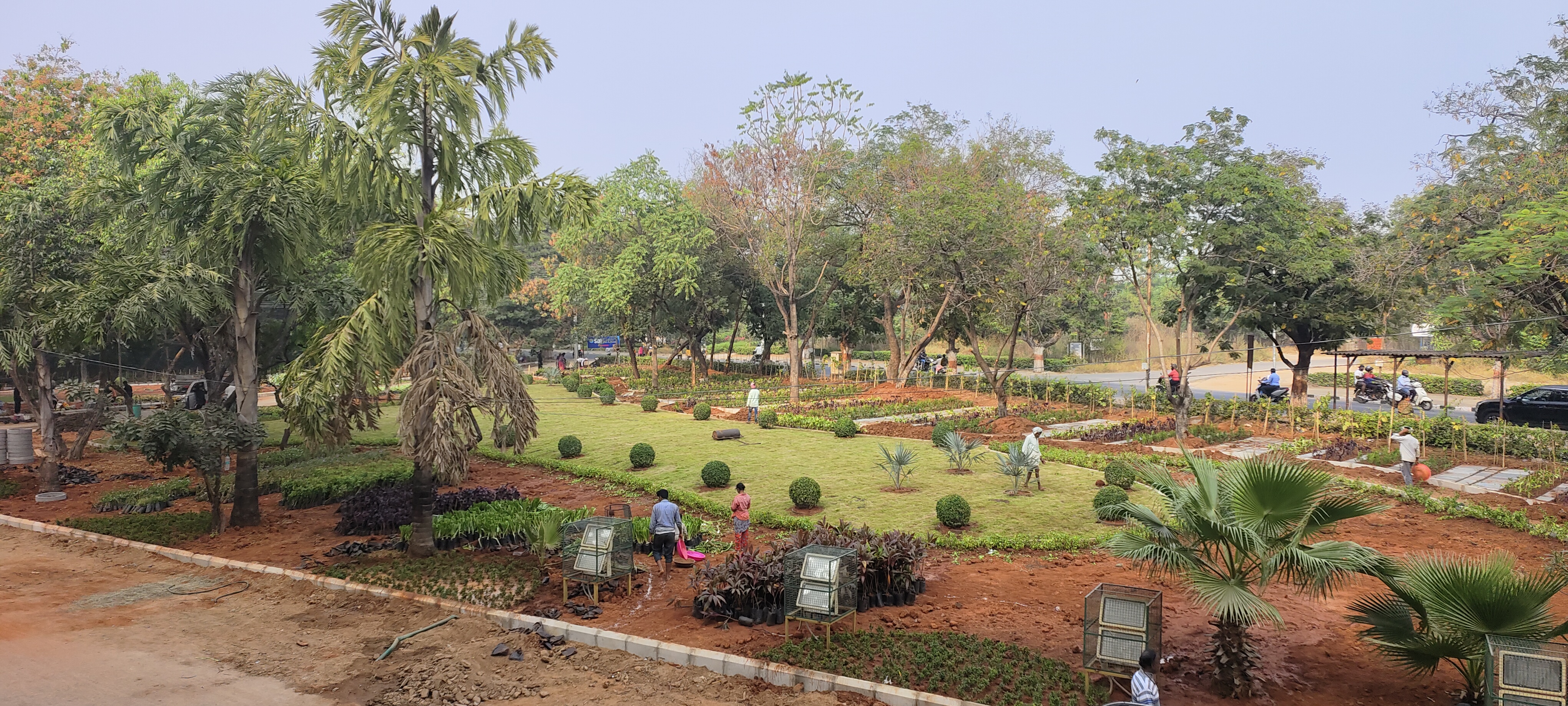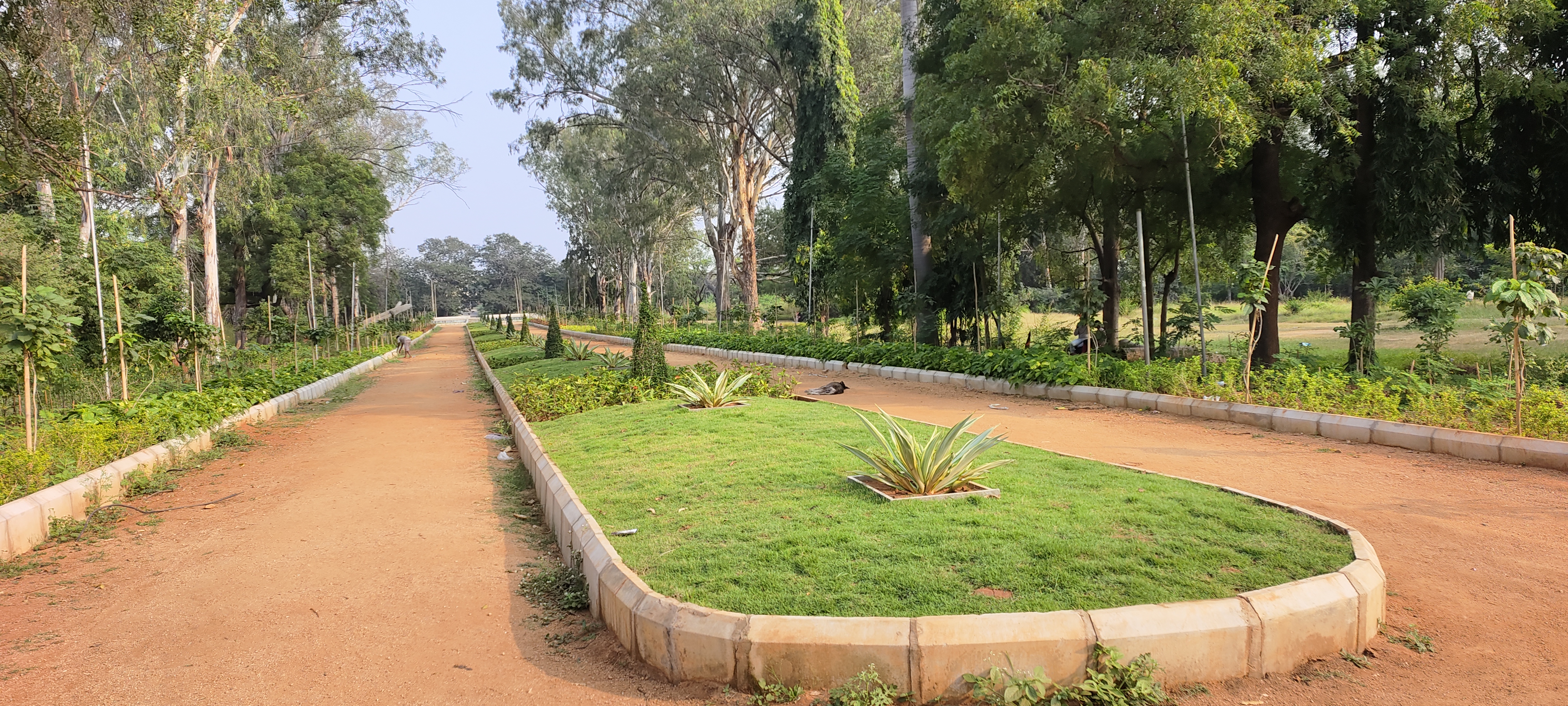- Home
-
About Us
- Overview
- Act and Statutes
- Institutional Development Plan
- Accreditation/Ranking Status
- University Profile
- Annual Reports
- Institutional Distinctiveness
- Imp. Visitors
- University at a Glance
- OU logo
- Milestones
- Best Practices
- New Initiatives
- Photo Gallery
- Distinguished Alumni
- Accreditation
- Public Relations
- University Map
- Former Vice-Chancellors
- Contact Us
-
Administration
- Chancellor
- Vice-Chancellor
- Registrar
- OSD to VC
- Principal
- Finance Officer
- Controller of Examination
- Chief Vigilance Officer
- Ombudsperson
- Executive Council
- Internal Complaint Committee
- Academic Leadership
- Policy Making Bodies
- Regulatory Bodies
- Infrastructure
- ITE & C
- Administrators
- Other Officers / Units
-
Academics
- Details of Academic Programmes
- Academic Calendar
- Statutes/Ordinances pertaining to Academics/Examinations
- ODL/Online Programmes
- Faculty/Staff Details
- IQAC
- Library
- Academic Collaborations
- Campus Colleges
- Constituent Colleges
- Affiliated Colleges
- Autonomus Colleges
- Extension & Outreach
- Syllabi
- Academic Innovations
- Faculty Development Programme
- Faculty Financial Support
- Teaching Staff Details
- Directorate of Academic Audit
- Academic Awards
- Research
- Admissions & Fee
-
Student Life
- Sports Facilities
- NCC
- NSS
- Hostel Details
- Human Capital Development Centre (HCDC)
- Student Grievance Redressal Committee(SGRC) and Ombudsperson
- Health Facilities
- Internal Complaint Committee
- Anti-Ragging Cell
- Equal Opportunity Cell
- Socio- Economically Disadvantaged Groups Cell(SEDG)
- Facilities for differently-abled
- National Academic Depository
- BC Cell
- Minorities Cell
- Centre for Educational Development of Minorities
- Physical Education
- Competitive Examinations Coaching Centre
- Apply Online for Certificates
- Employment Information & Guidance Bureau
- Student Enrollment
- University Buildings Division
- Bank
- Post Office
- Faculty Club
- Seminar Halls
- OTBI
- Guest House
- Legal Cell
- Dept. of Publications & Press
- Estate Cell
- English Language Training Centre
- Civil Service Academy
- University Library
- Horticulture and University Gardens
- Scheduled Caste/Scheduled Tribe Cell
- Students Welfare Department
- Office of the International Affairs
- Grievances/ Complaints
- E-Resources
- IQAC
- Informatin Corner



